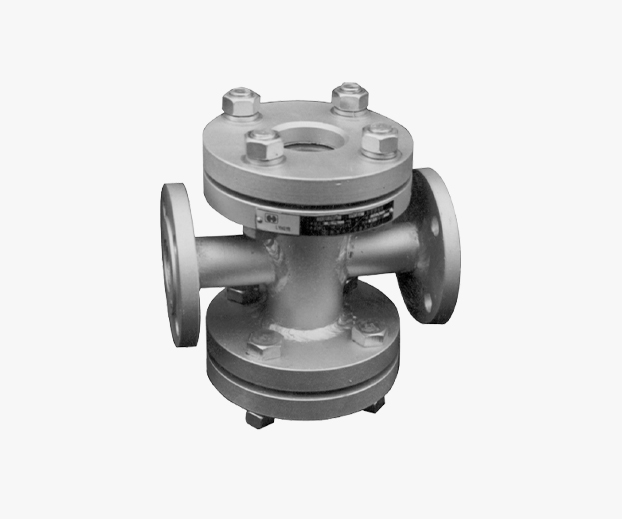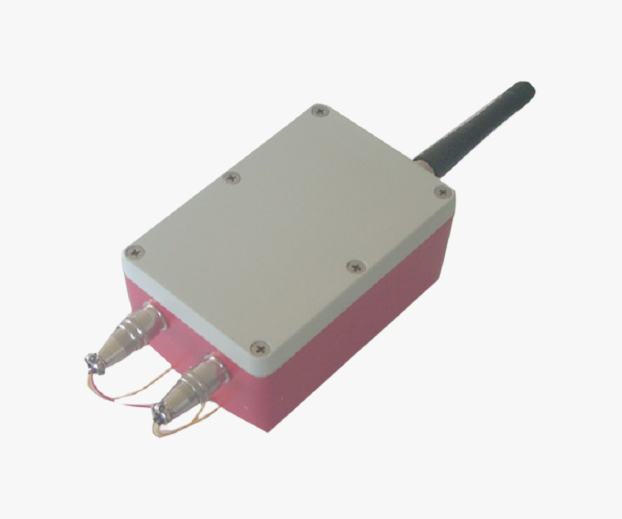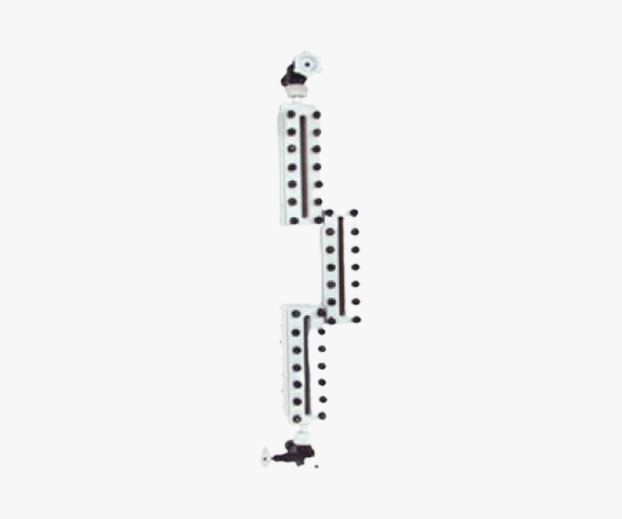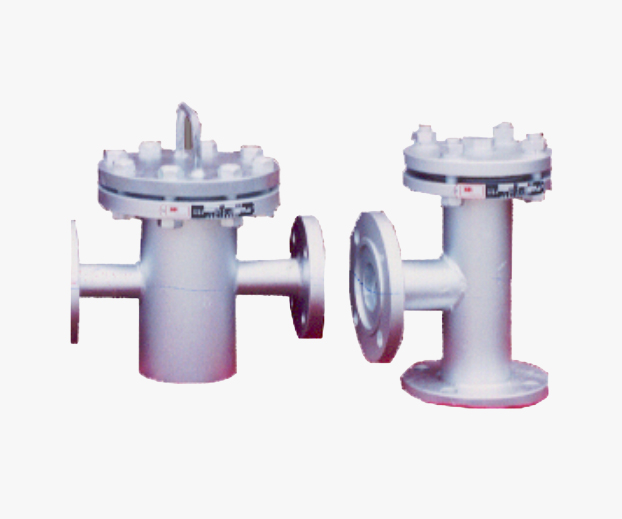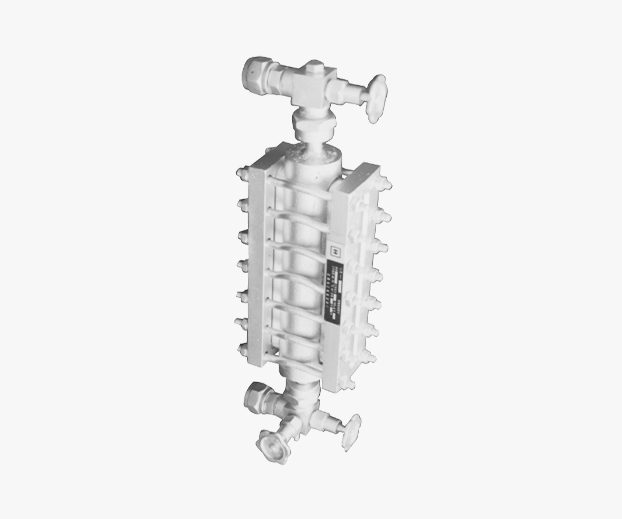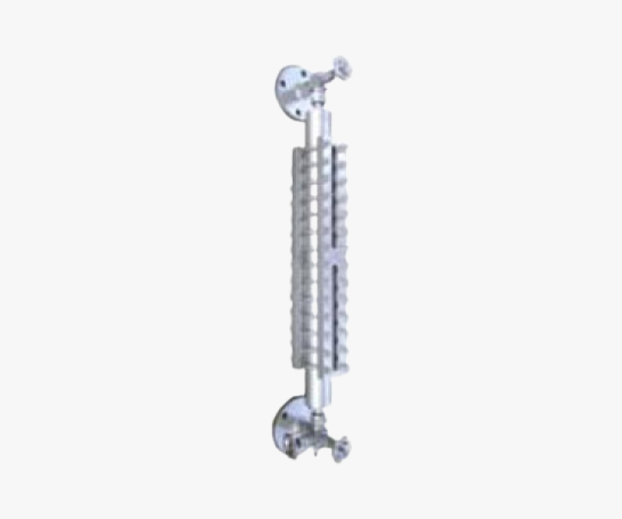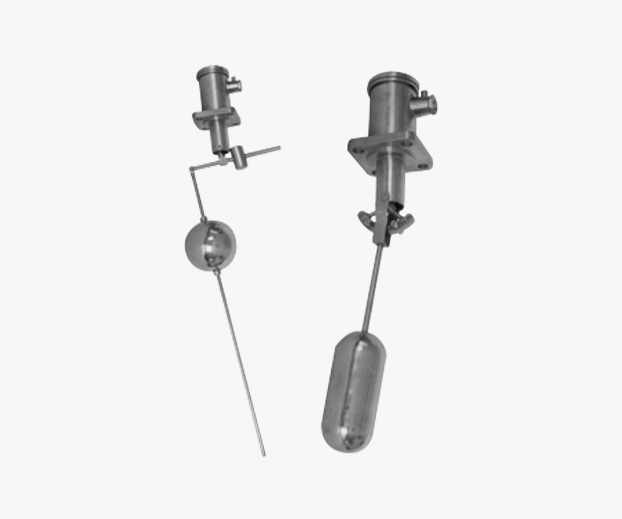
OVERVIEW
The magnetic levitation liquid level switch is an updated product of the UQK-01-03 floating ball liquid level controller. Its conversion mechanism design is novel, unique, sensitive, and reliable, and has obtained national patent rights.
This series of maglev level switches can be widely used for upper or lower limit alarms of various liquid levels in different containers. With the help of control circuits, remote control of liquid levels can be achieved.
STRUCTURE TYPE
According to different structures, functions, and materials, they can be divided into the following types:
Ordinary type: model, LQH-201(2,3)P
Explosion proof type: model, LQH-201(2,3)d
Marine type: model, LQH-201(2,3)C
Manual self-test type: model, LQH-201(2,3)-ZJ
FEATURES
- The measuring mechanism is completely isolated from the conversion mechanism, effectively preventing liquids and impurities from entering the conversion mechanism.
- Between the measuring mechanism and the conversion mechanism, there is magnetic transmission, no mechanical friction, and it is safe and reliable.
- Using corrosion-resistant materials can be applied to various corrosive media.
- Marine type, with resistance to rolling, bumps, moisture and heat, salt spray and other properties.
- Manual self checking type, equipped with a manual self checking mechanism, used to check whether the switch system is working properly at any time.
- When checking, turn the handle 900 degrees to check if its working condition is good.
VARIETIES AND CHARACTERISTICS

VARIETIES AND CHARACTERISTICS
- Work pressure: ≤ 4.0MPa
- Medium temperature: ≤ 200 º C
- Medium density: ≥ 0.4g/cm3
- Output contact capacity: 125~250V.AC, 5A (resistive)
ORDERING INSTRUCTIONS
Please indicate the model, specifications, and relevant parameters according to the selection label
When users choose their own flange specifications and standards, please provide detailed explanations
When the connecting rod brackets of LQH-201 and 202 need to be lengthened, please indicate the size after lengthening and also specify the medium name, temperature, and density.
